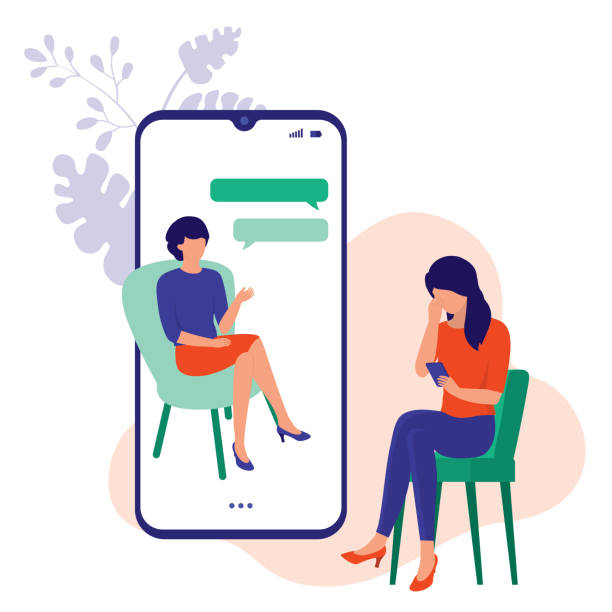
Virtual therapy is therapy that takes place via the phone, an app, a video chat, or even a virtual reality device.
Virtual therapy has many synonyms, including online therapy, telehealth therapy, telemetal health and teletherapy.
Our lives have changed a lot in the last few years. As we continue to process the impacts of this pandemic, we believe that we are developing a new genre in the field of psychology: virtual therapy.
These virtual therapy options allow people to seek treatment in the comfort of their own home, without having to travel to visit the therapist in person.
What is it?
Virtual therapy is an Internet-based treatment or counseling service. Unlike individual therapy, online therapy allows you to connect with a licensed therapist or counselor using any device with an Internet connection, such as a computer, tablet or smartphone.
Virtual therapy offers flexibility in client visits. Some clints are professionals, parents, couples and students. They prefer virtual sessions for a variety of reasons, including the flexibility of scheduling and the convenience of connecting to their own home, completely reducing travel time.

If you are thinking about beginning virtual therapy, here are some tips to help you for your sessions.
1. Find a private, comfortable spot
It is important to find a place where you are free to express yourself honestly, without fear of being heard or seen.
To find a place to live alone, sometimes you may need to be creative.
2. Set yourself
Take a few moments before each session to focus on yourself. Often, when attending individual therapy sessions, clients sit in the waiting room for a few minutes, have a cup of tea, and gather their thoughts before the session begins. But with virtual sessions, it may be helpful to prepare yourself a few minutes before the appointment.
You should set a reminder for 5-10 minutes before the appointment time. This will help them to create a comfortable place, take some water or tea and take some quiet breath. This is also a good time to review any notes you have taken during the session.
3. Check connectivity
Teletherapy sessions are scheduled as regular personal visits and you are charged for the sessions.
Slow networks can make therapy more difficult, so you should have the strongest internet connection. So you can stay in touch with your session and start your therapy quietly and calmly.
4. Be yourself
One of the best parts of virtual therapy is that it allows clients to feel comfortable in their surroundings.
People talk about everything in therapy. They talk about their hopes, dreams, fears, disappointments, hurts, shame, conversations with their mom, interactions with their partner and so on. We really need to talk about it - when we feel most comfortable.